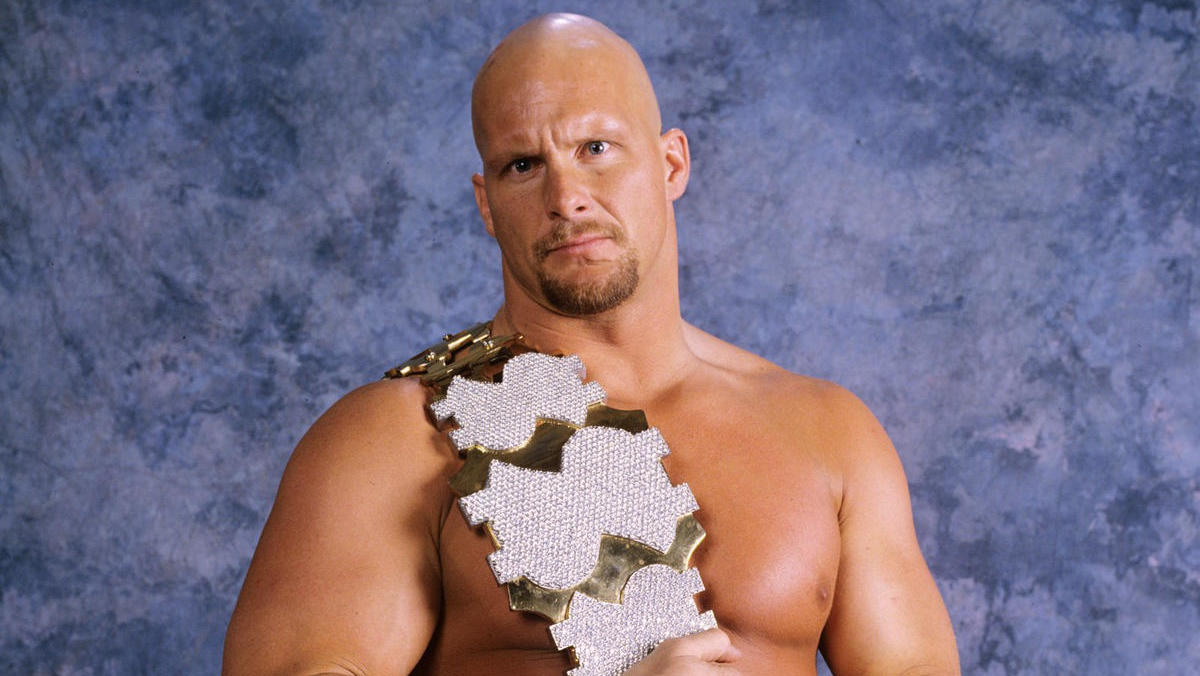The Secret History Behind WWE's Attitude Era

In a word, no. But in a few more words, the world was being set up for his arrival.
Revisit the show and you'll find gimmicks all over it that bounced off 'The Rattlesnake' as soon as he was able to bite back. Or at very least gimmicks that were able to give much to the character Austin became, or take from him when he eventually ascended. His presence was basically the missing piece of a complex puzzle Vince McMahon was too off the pulse to solve. Hulk Hogan was WWE Champion for the first time within a month of McMahon bringing him back to the organisation in late 1983. He knew then what he'd forgotten over a decade later - none of the grand plans can truly come together until there's a star at the front waving a flag (literally or otherwise) for their fruition.
Diesel was to popularise the tweener role by virtue of his new anti-establishment/anti-everybody stance. This was at the core of Austin's unexpected meteoric babyface rise, even more so when an unexpected injury put him out of physical action in the latter part of 1997. It was unconventional to appear like that without the ability to lock up, but Shawn Michaels exemplified it better than most when he used the real-feeling knock from Owen Hart to build his money-drawing babyface comeback in 1996. Incidentally, Hart's involvement in the worked serious injury on Raw and shoot one at SummerSlam is an altogether more unfortunate coincidence here, but again there were few heels as effective at portraying the role of such a bastard for the heroic babyface return than 'The King Of Harts'.
Brother Love was an out-of-touch gimmick reintroduced to television on the episode of Raw seven days after the November 20th broadcast, in what was ultimately an out-of-touch idea, particularly in contrast to the other major moments on the show. But the need to bring him back as a relevant force resulted in him featuring WWE Champion Bret Hart as his very first guest. Needless to say, Hart's worked skirmish with TV challenger Bob Backlund couldn't exactly follow the drama of Michaels being whisked away on a stretcher, but then Love was a piss-poor platform to perform on. Who else found that out? Stone Cold Steve Austin, as The Ringmaster, unveiled as he was via the very same means in a debut that's been covered ad nauseam as a what-not-to-do for somebody with Austin's obvious talents.
For all they were making strides with 'Big Daddy Cool', with Shawn Michaels, with The Undertaker and even a Bret Hart despite concerns over the transitional nature of his third reign as Champion, the entire WWE system needed to function more effectively. Jim Ross signed Steve Austin, good fortune forced Vince McMahon to actually book him as a winner at the King Of The Ring, and an ex-video store worker-turned-magazine writer-turned-creative wunderkind had to see a vision for a product that could be shaped around the gimmick set to make all of them everybody millionaires. The Secret History Of The Attitude Era starts and ends with Austin himself, a talent so prodigious that nothing about his rise was a secret until the market leader almost marginalised him into obscurity. Eras aren't real, but his Attitude most definitely was and it was WWE's job to catch up.
The company he walked into in 1995 was a vehicle he stood to one day make his own, but only during that 1996 Superstars tour-de-force was he finally given the keys. And as the kayfabe wheels fell off for an unravelling Bret Hart, Austin was given a driver's seat far more impactful than the one he occupied on his ATV years past his prime. By 1997, he was taking everybody with him to the promised land.